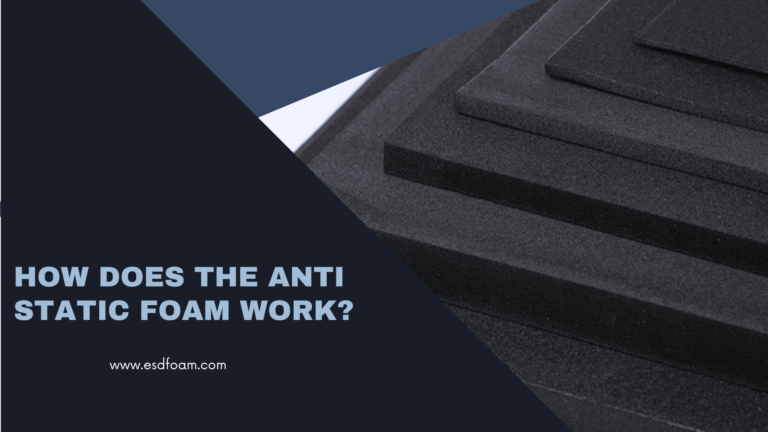Anti-static foam is a type of foam that is designed to reduce or eliminate electrostatic discharge (ESD), which can damage electronic components. The development of anti-static foam can be traced back to the 1960s, when the use of electronic devices was becoming more widespread and the need to protect them from ESD became apparent.
One of the earliest anti-static foam materials was conductive rubber, which was developed in the 1960s. This material contained carbon black, which made it conductive and able to dissipate static charges. Conductive rubber was widely used in electronic packaging and as a cushioning material for delicate electronic components.
In the 1970s, polyurethane foam with conductive properties was developed, and this became a popular material for anti-static foam products. This foam contains conductive particles, such as carbon or metal, that allow it to dissipate static charges. Other materials, such as polyethylene foam and polystyrene foam, can also be made anti-static by adding conductive agents.
Today, there are many types of anti-static foam available, including conductive foam, dissipative foam, and static-shielding foam. These materials are used in a wide range of industries, including electronics manufacturing, aerospace, and medical device manufacturing, to protect sensitive electronic components from ESD damage.e.



